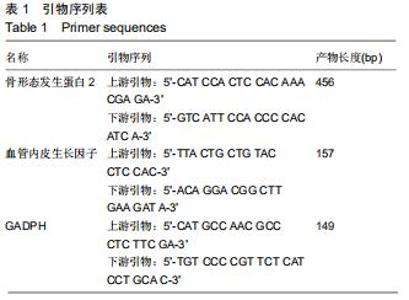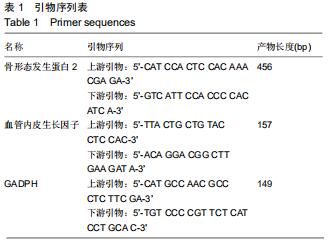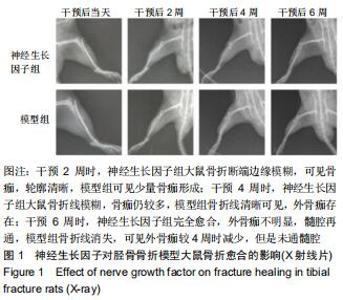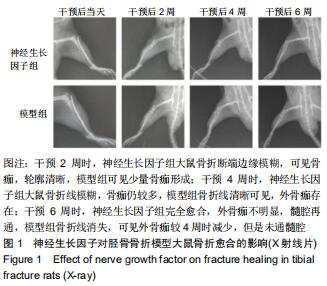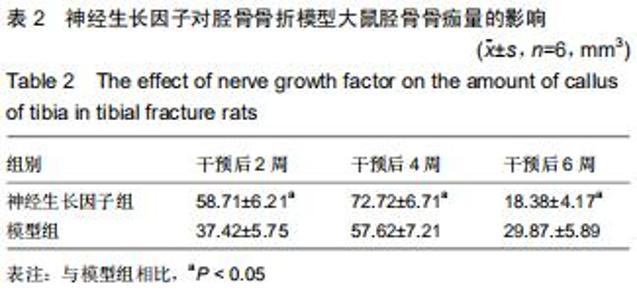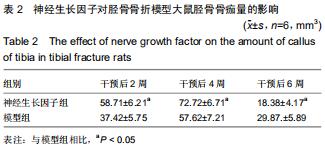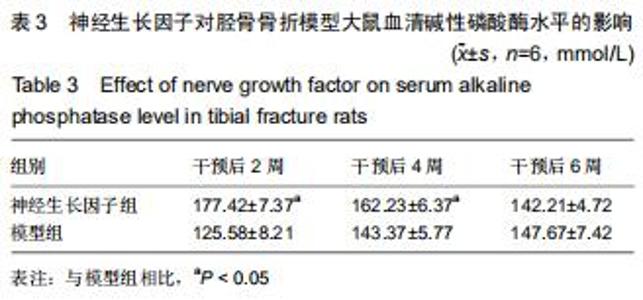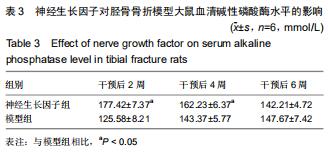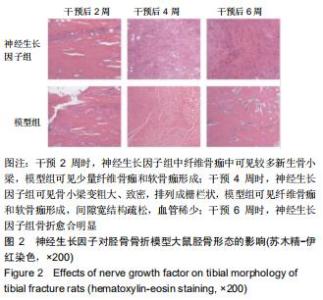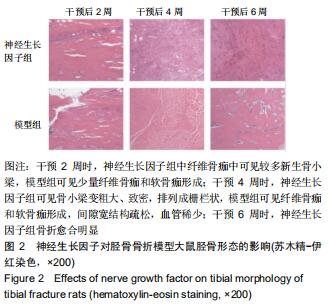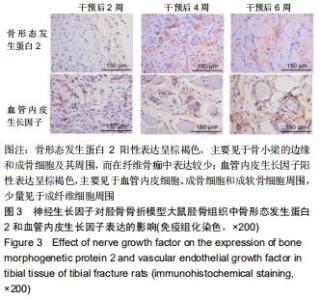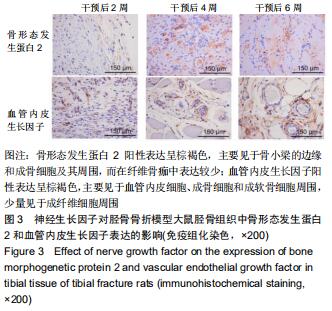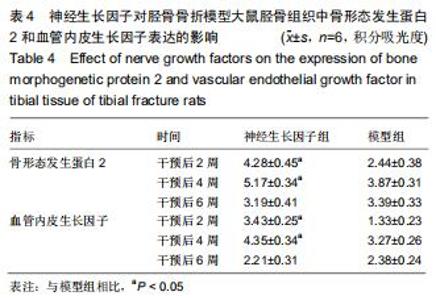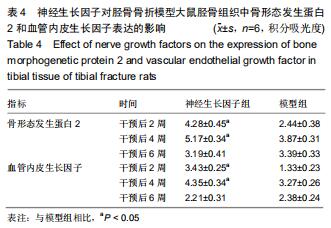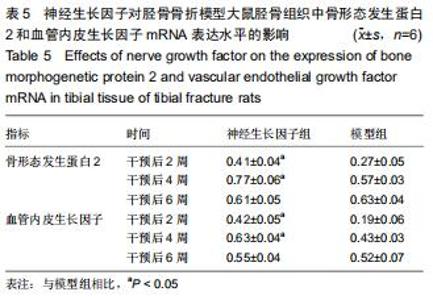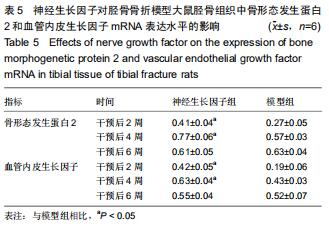|
[1] EINHORN TA. The science of fracture healing. J Orthop Trauma. 2005;19(10 Suppl):S4–S6.
[2] RUNYAN CM, GABRICK KS. Biology of Bone Formation, Fracture Healing, and Distraction Osteogenesis. J Craniofac Surg. 2017;28(5):1380-1389.
[3] KOSTENUIK P, MIRZA FM. Fracture healing physiology and the quest for therapies for delayed healing and nonunion. J Orthop Res. 2017;35(2):213-223.
[4] YOON Y, KHAN IU, CHOI KU, et al. Different Bone Healing Effects of Undifferentiated and Osteogenic Differentiated Mesenchymal Stromal Cell Sheets in Canine Radial Fracture Model. Tissue Eng Regen Med. 2017;15(1):115-124.
[5] MOON SH, PARK SR, KIM H, et al. Biologic modification of ligamentum flavum cells by marker gene transfer and recombinant human bone morphogenetic protein-2. Spine (Phila Pa 1976). 2004;29(9):960-965.
[6] KESEMENLI CC, NECMIOĞLU S. The role of melatonin as a link between head injury and enhanced osteogenesis. Med Hypotheses. 2005;65(3):605-606.
[7] BRADY RD, GRILLS BL, CHURCH JE, et al. Closed head experimental traumatic brain injury increases size and bone volume of callus in mice with concomitant tibial fracture. Sci Rep. 2016;6:34491.
[8] SISASK G, BJURHOLM A, AHMED M, KREICBERGS A. Ontogeny of sensory nerves in the developing skeleton. Anat Rec. 1995;243(2):234-240.
[9] WONG AW, YEUNG JKP, PAYNE SC, et al. Neurite outgrowth in normal and injured primary sensory neurons reveals different regulation by nerve growth factor (NGF) and artemin. Mol Cell Neurosci. 2015;65:125-134.
[10] 熊玲媛,赵萍,黄平,等.神经生长因子研究与药物开发进展[J].生物产业技术,2018(5):32-38.
[11] 郭晓光,张磊,关钛元,等.少阳生骨方修复胫骨骨折模型大鼠转化生长因子β1的表达[J].中国组织工程研究,2018,22(20):3178-3183.
[12] 程津津,任萍萍.学习《关于善待实验动物的指导性意见》后的体会[J].实验动物科学,2011,28(3):78-79.
[13] PERKINS R, SKIRVING AP. Callus formation and the rate of healing of femoral fractures in patients with head injuries. J Bone Joint Surg Br.1987;69(4):521-524.
[14] 刘建军,黄亮,韩庆斌,等.神经生长因子对大鼠胫骨骨折愈合的影响及其机制[J].山东医药,2016,56(32):27-29.
[15] ZHANG R, LIANG Y, WEI S. The expressions of NGF and VEGF in the fracture tissues are closely associated with accelerated clavicle fracture healing in patients with traumatic brain injury. Ther Clin Risk Manag. 2018;14:2315-2322.
[16] CHEN WH, MAO CQ, ZHUO LL, et al. Beta-nerve growth factor promotes neurogenesis and angiogenesis during the repair of bone defects. Neural Regen Res. 2015;10(7):1159-1165.
[17] IANNONE F, DE BARI C, DELL'ACCIO F, et al. Increased expression of nerve growth factor (NGF) and high affinity NGF receptor (p140 TrkA) in human osteoarthritic chondrocytes. Rheumatology (Oxford). 2002;41(12):1413-1418.
[18] CADOSCH D, GAUTSCHI OP, THYER M, et al. Humoral factors enhance fracture-healing and callus formation in patients with traumatic brain injury. J Bone Joint Surg Am. 2009;91(2):282-288.
[19] 李东海,周安宁.周围神经损伤后局部应用神经生长因子对骨折早期愈合的影响[J].中国实用神经疾病杂志,2014,17(22):68-69.
[20] 郑琪.bFGF复合物对大鼠胫骨骨折模型中VEGF及Ⅰ型胶原蛋白表达的影响[D].衡阳:南华大学,2015.
[21] 宋正鑫,祝腾蛟,刘冰川,等.大鼠骨折模型局部注射C型钠尿肽(CNP)对骨折愈合的影响[J].中国微创外科杂志,2017,17(9):827-831.
[22] 侯玉. P物质和降钙素基因相关肽对成骨细胞的增殖和碱性磷酸酶活性的影响[D].西安:第四军医大学,2006.
[23] 刘宇鹏,赵德伟,王卫明,等.神经生长因子可促进骨折愈合过程中血管内皮生长因子的表达[J].中国组织工程研究,2014,18(24): 3863-3869.
[24] 吕桂浩,蒋练,满城,等.神经生长因子对兔合并局部神经损伤的下颌骨骨折愈合中BMP-2表达的影响[J].临床耳鼻咽喉头颈外科杂志, 2016,30(7):535-537.
[25] RAPP AE, KRONER J, BAUR S, et al. Analgesia via blockade of NGF/TrkA signaling does not influence fracture healing in mice. J Orthop Res. 2015;33(8):1235-1241.
[26] IMAI Y, TAKAOKA K. Bone Fracture and the Healing Mechanisms. The Role of BMP Signaling in Fracture Healing. Clin Calcium. 2009;19(5):667-672.
[27] GARRISON KR, SHEMILT I, DONELL S, et al. Bone morphogenetic protein (BMP) for fracture healing in adults. Cochrane Database Syst Rev. 2010;2010(6):CD006950.
[28] WANG CJ, HUANG KE, SUN YC, et al. VEGF modulates angiogenesis and osteogenesis in shockwave-promoted fracture healing in rabbits. J Surg Res. 2011;171(1):114-119.
|
